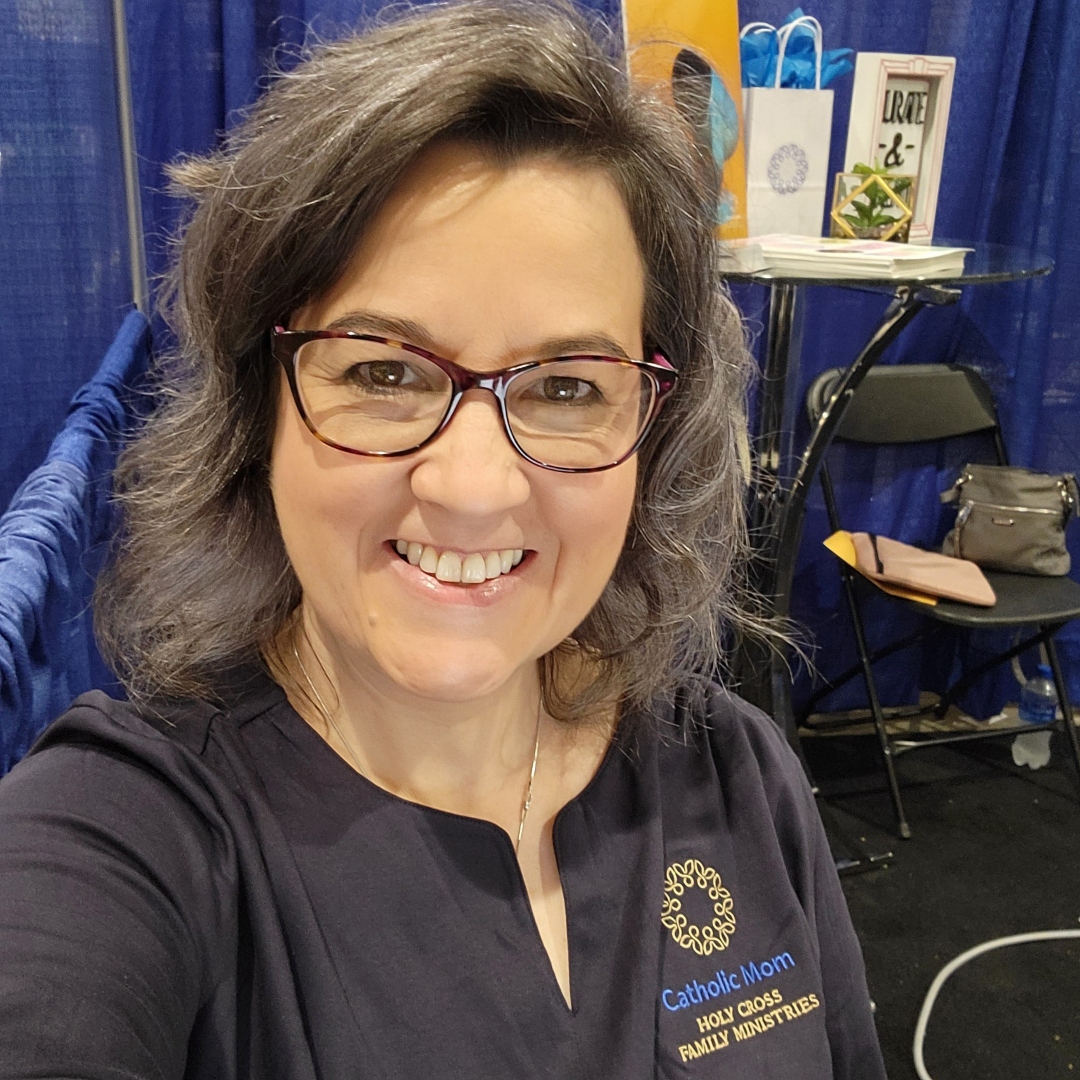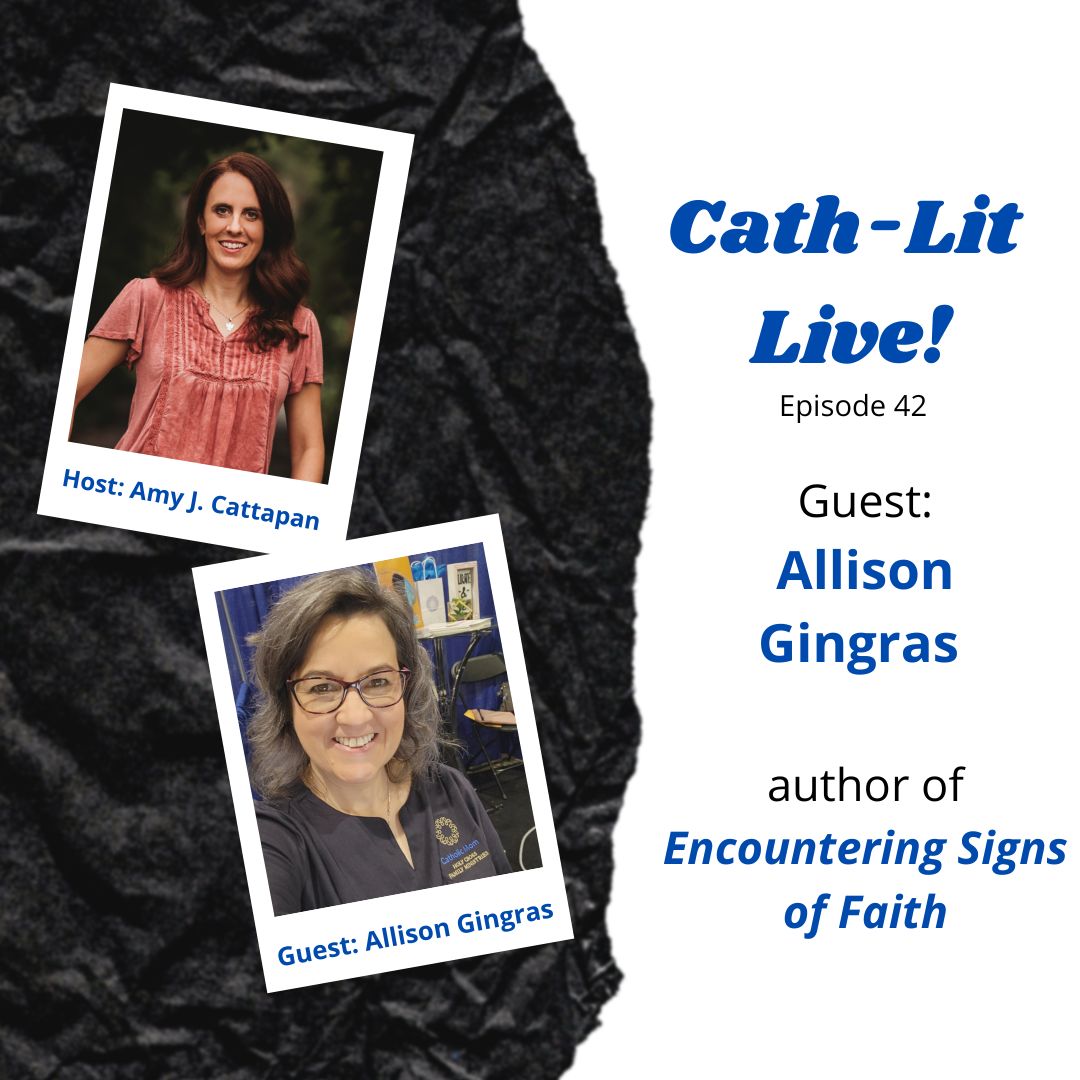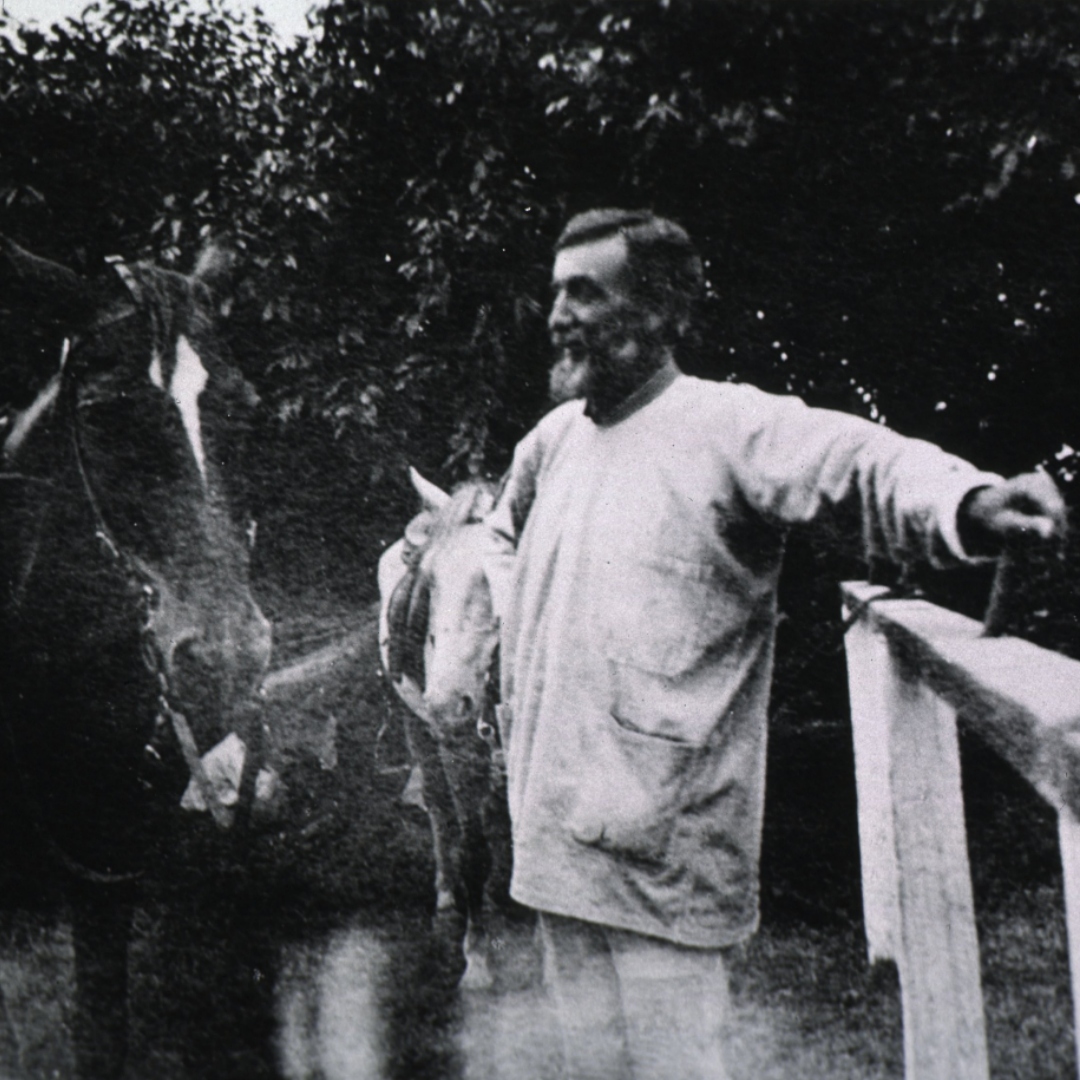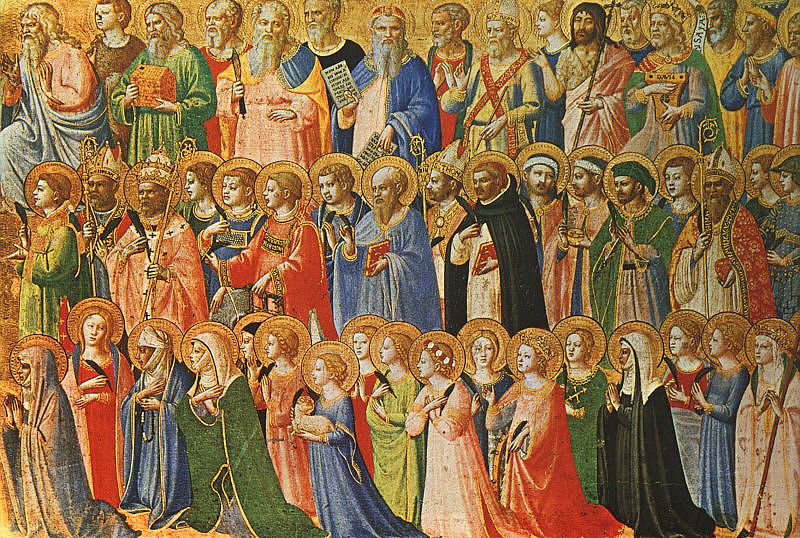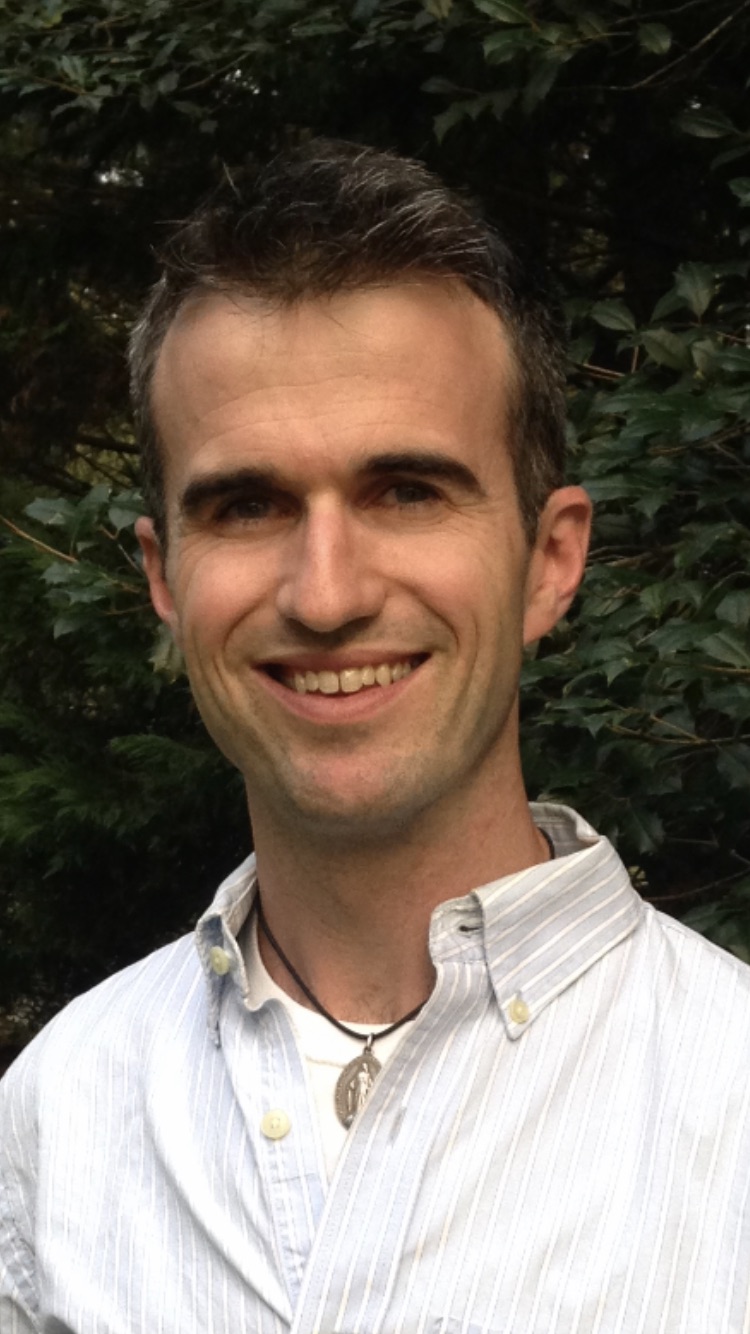Not to Worry—If Another Pandemic Strikes, Catholic Saints are Ready to Protect Us
Not to Worry—If Another Pandemic Strikes, Catholic Saints are Ready to Protect Us
The Catholic Church has patron saints for many causes. There are so many, they even had to be alphabetized. Under the letter A, there are 23 named saints, such as Saint Agatha, the patroness of bakers and nurses, and the great Saint Augustine of Hippo, the patron saint of printers and brewmasters. Under G, there is Saint George, responsible for fifteen patronages, including butchers, shepherds, and Boy Scouts.
We Catholics have protectors against pandemics
You get the idea; we Catholics have a lot of patron saints, and almost every facet of life experience seems to be covered. We can always turn to Saint Jude, the patron of impossible causes, if it looks impossible.
Since the coronavirus pandemic has passed, we might sleep better at night knowing there are saints in the queue, ready to go to war against any and all attacks by invisible microbes and virulent demons looking to bring us down. Here are a few examples:
- Saint Quirinus of Neuss: patron saint against bubonic plague and smallpox
Quirinus was born in the first century and died in the year 116 A.D. Legend has it that he was a Roman tribune and was ordered to execute Alexander, Eventius, and Theodolus. These men had been arrested on orders of the emperor. Their crime: being Christian. But Quirinus witnessed miracles performed by the three men. Instead of executing them, he embraced the faith and was baptized into the faith along with his daughter, Balbina. He and Balbina were decapitated for being Christian and buried in the catacomb on the Via Appia.
We move ahead 1300 years. Documents from Cologne, dated 1485, say Quirinus’s body was donated in 1050 by Pope Leo IX to his sister, the abbess of Neuss. Soon after, Charles the Bold of Burgundy laid siege to Neuss with his army spreading from western Germany, the Netherlands, and as far south as Italy. The citizens of Neuss invoked Quirinus for help, and the siege ended. Wellsprings popped up and were dedicated to him. He was then called on to fight against bubonic plague and smallpox.
There is a saying by farmers associated with Quirinus’s feast day, March 30: “As St. Quirinus Day goes, so will the summer.”
- Saint Anthony the Great: patron saint against infectious diseases
Saint Anthony the Great was one of the greatest saints of the early Church. Anthony was one of the first monks and is considered the founder and father of organized Christian Monasticism. He organized disciples into a community and these communities eventually spread throughout Egypt. Anthony is known as Anthony the Great, Anthony of Egypt, Anthony of the Desert, and Anthony of Thebes. He is also known as the Father of All Monks. His feast day is celebrated on January 17.
Saint Anthony the Great is also the patron saint for those fighting infectious diseases. We might all call on him now, since infectious diseases will always be attacking us.
- Saint Edmund the Martyr: patron against pandemics
Saint Edmund is the acknowledged patron saint against pandemics. He died in 869, and hardly anything is known about him. Yet there are churches all over England dedicated to him. Saint Edmund cannot be placed within any ruling dynasty, yet the Danes murdered him in 869 when they conquered his army. In addition to being the patron saint against pandemics, Saint Edmund the Martyr is also the patron of torture victims and protection from the plague.
We might mention a few more saints who are patrons of those suffering from familiar illnesses and afflictions:
- Saint Damien of Molokai: patron saint of those with leprosy (Hansen’s Disease)
- Saint Dymphna: the 15-year-old Irish girl who is the patroness of those suffering from emotional disorders.
- The Fourteen Holy Helpers: patron saints against epidemics, bubonic plague, aka the Black Death
- Saint Matthias: patron saint of alcoholics and those with smallpox
- Saint Tryphon: patron of those fighting off bed bugs, rodents, and locusts.
The list seems endless, so if you ever need a patron saint for anything, check this list of patron saints by occupation and activity.
Most likely there is a saint just waiting for your call.
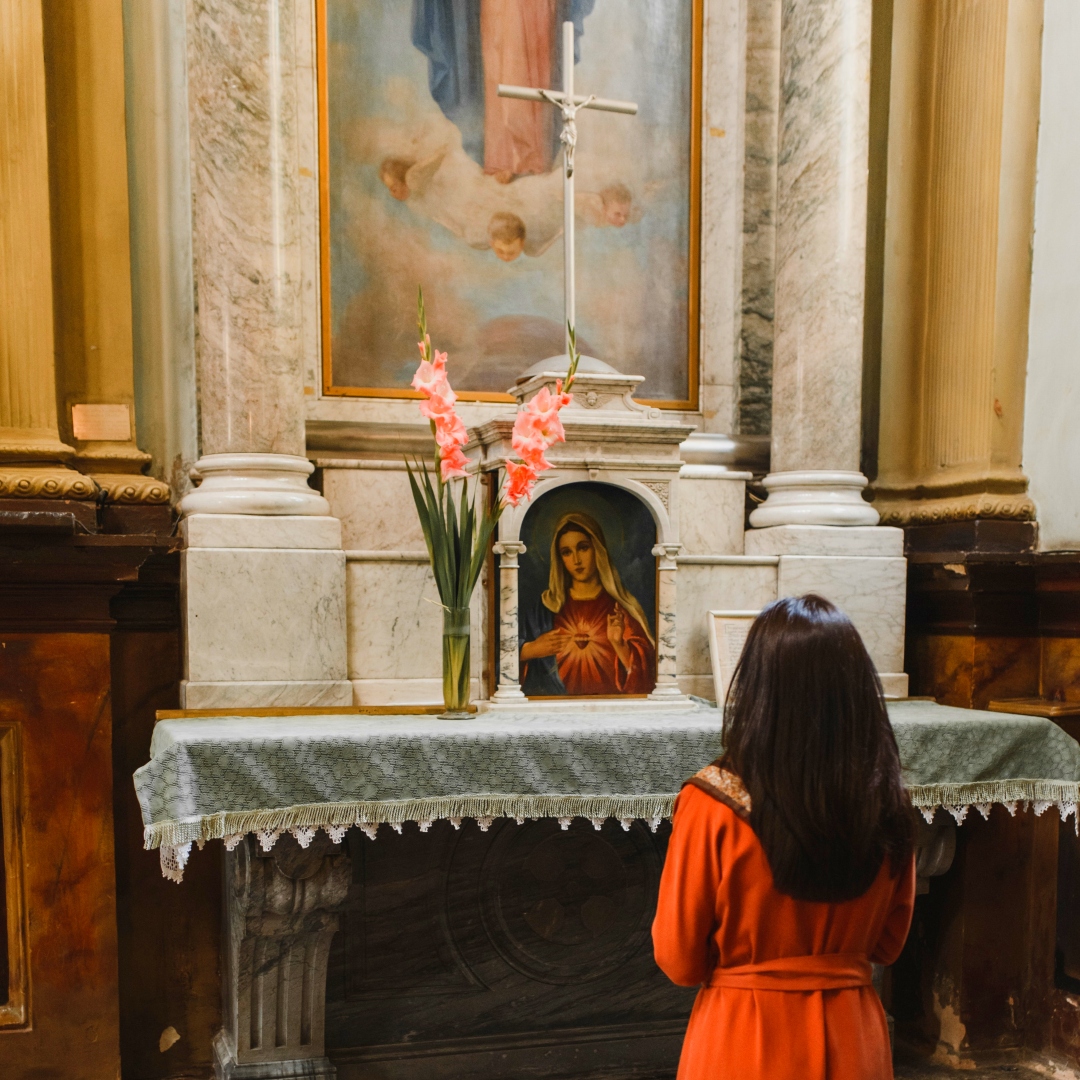
Copyright ©Larry Peterson 2023
Images: Pexels


